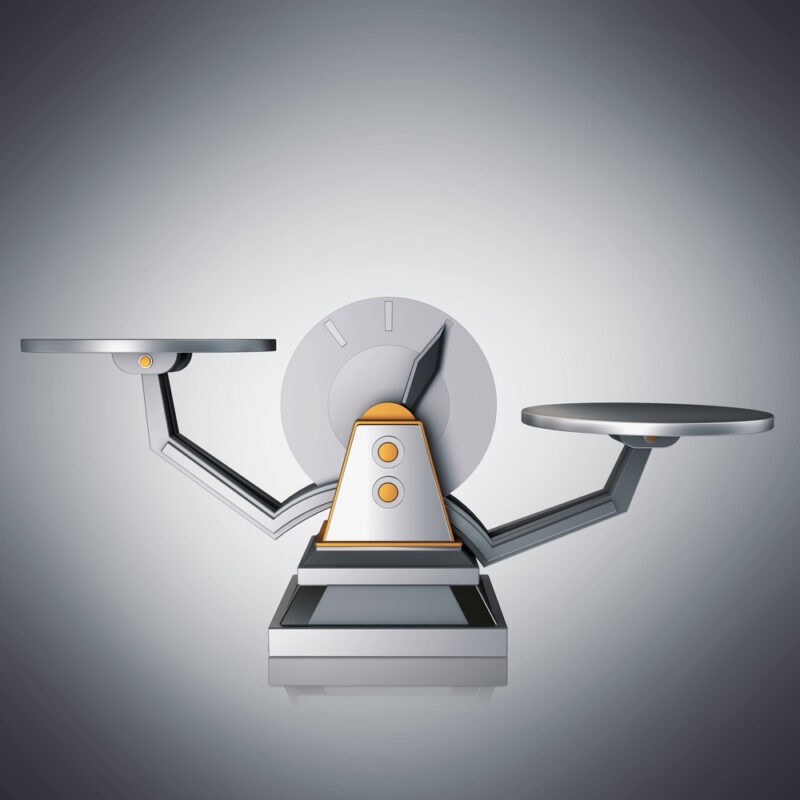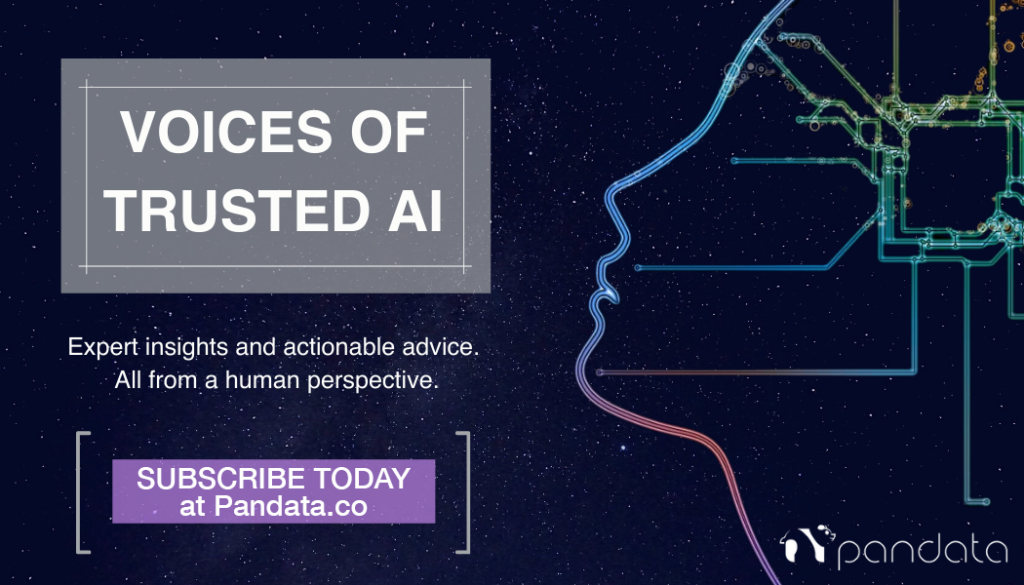
This post is part of a series that features answers to top AI questions, directly from our data scientists.
Other posts in this series include:
Data scientists, major organizations, and media outlets across the globe repeatedly stress the importance of avoiding bias while strategizing and designing trustworthy AI.
However, it’s important to understand that bias, in many cases, is inevitable.
What truly matters is your ability to measure both the training data and outcomes of an AI model for harmful bias. This post will explore how an AI-interested business leader like you can monitor for bias throughout AI design.
Bias is not inherently bad: It’s a mathematical measurement of how results differ from expectation.
It’s not until these deviations become undesirable or harmful that data scientists define bias as a negative outcome.
What’s harmful or undesirable tends to be defined by cultural and legal norms—and the harder it is to measure something as objectively true, the harder it is to determine if it deviates in an antagonistic way.
This chart illustrates the above point in terms of model complexity. As training data and model goals grow in complexity, it’s increasingly difficult to identify bias or other problems in AI.
The first step to prevent bias is recognizing that it can manifest in different ways. Keep these questions in mind to help you reduce bias in your model:
If you recognize bias in your AI model, there’s unfortunately no silver bullet solution to immediately resolve the issue. Training your model to provide “no answer” instead of biased results, however, is an excellent starting point. Incorporating more human review of your data can also reduce the amount of issues you experience in the long term.
In any case, recognizing harmful bias and preventing it from causing unintended consequences is a significant achievement—and one that brings you a step closer to designing with Trusted AI in mind.
Learn more about monitoring AI for bias—and discover answers to other readers’ top AI questions—by subscribing to our Voices of Trusted AI monthly digest. It’s a once-per-month email that contains helpful trusted AI resources, reputable information, and actionable tips straight from data science experts themselves.

Contributor: Nicole Ponstingle McCaffrey is the COO and AI Translator at Pandata.